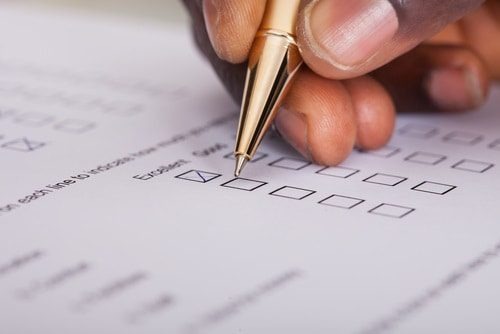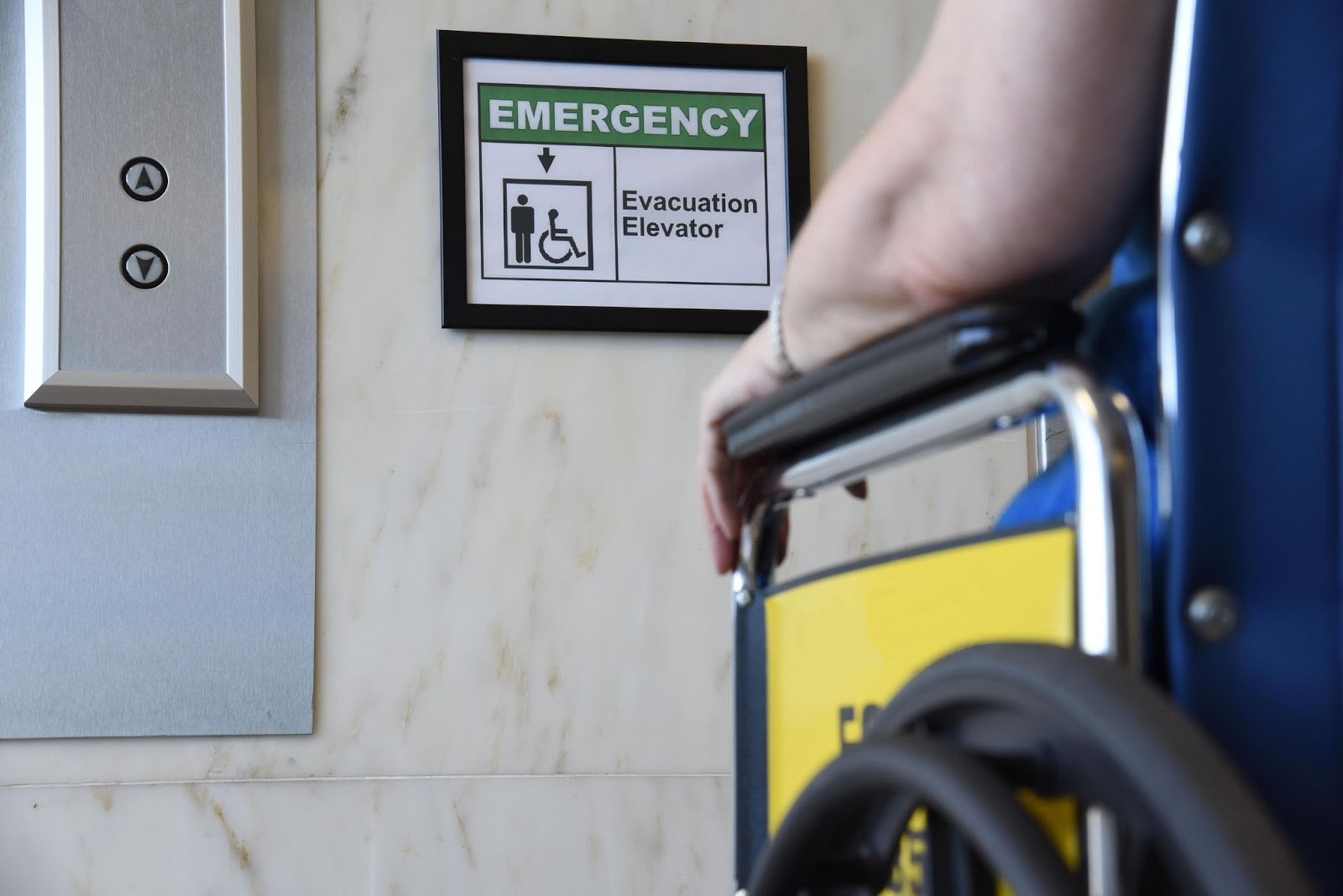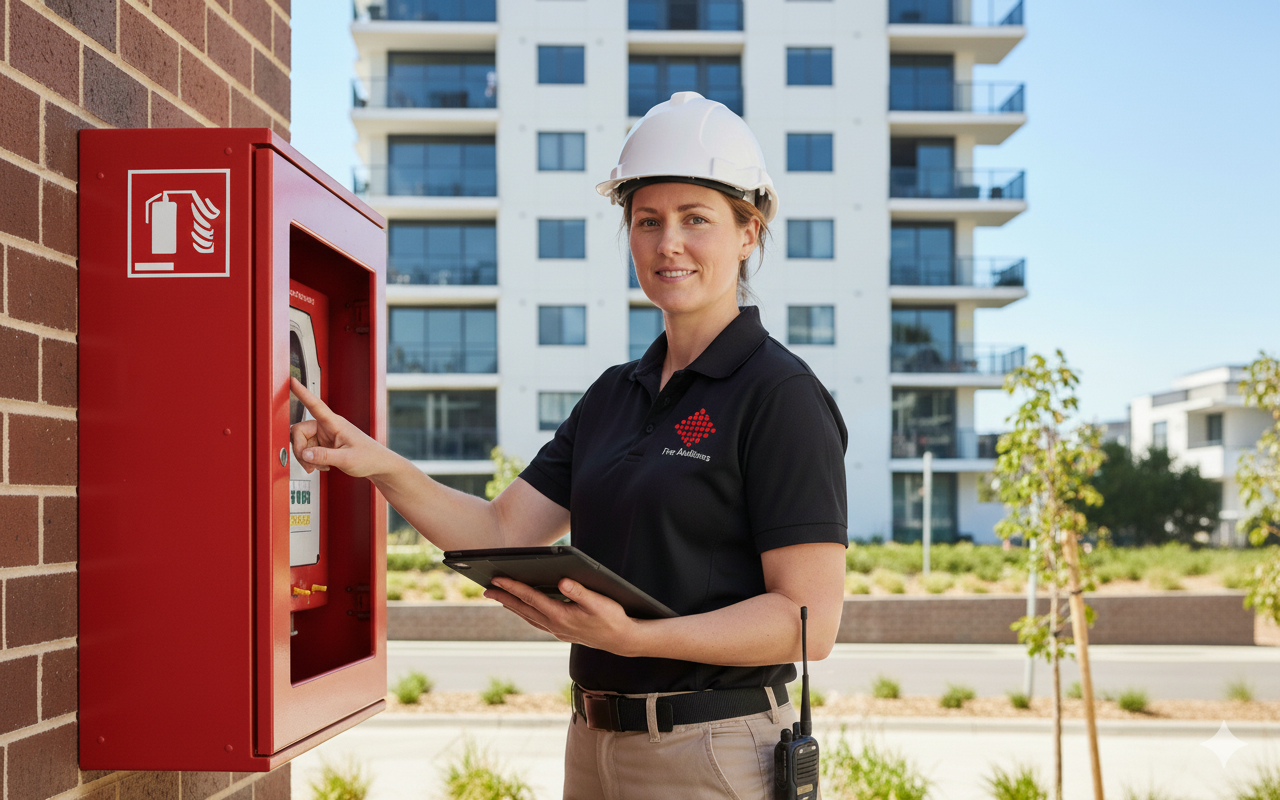Is Your Special Needs Register Up to Date?
Is your special needs register current? If you cannot answer with certainty, your building may already be at risk of non-compliance — and, more importantly, the safety of vulnerable occupants.
A special needs register is not just paperwork. It is the record that ensures individuals who require extra assistance can be evacuated safely in an emergency. When registers are incomplete or outdated, both compliance and lives are compromised. What's more is this register needs to be with your evacuation plan.

What Is a Special Needs Register?
A special needs register records details of building occupants who may need additional support during a fire evacuation. This can include:
- People with mobility limitations
- Those with vision or hearing impairments
- Elderly
- Occupants with medical conditions
- Temporary conditions such as pregnancy or injury
In practice, this register shapes your fire evacuation plans and guides wardens in assisting those most at risk.
Did you know? According to Australian fire safety data, individuals with mobility or sensory impairments are twice as likely to experience delays during evacuations if they are not identified in advance.
For broader standards, see FPA Australia.

Why Accuracy Is Critical
Compliance Requirements
Registers are a compliance obligation under state-based regulations. During a fire safety audit, auditors will check whether your register is complete and up to date.
Insurance Protection
Outdated registers weaken your legal position if an incident occurs. Insurers may deny claims if documentation, such as the occupier’s statement, shows inaccuracies.
Evacuation Effectiveness
A fire evacuation plan is only as strong as the register it relies on. If the register does not reflect current occupants, vulnerable people may be overlooked.
Duty of Care
This is not just about paperwork — it is about people. Imagine a tenant with a mobility impairment left off the register. During an evacuation, wardens may not know who needs assistance, increasing the risk of serious harm. That is why accuracy is a matter of both compliance and humanity.
See: Queensland Fire and Emergency Services – Building Fire Safety Regulation 2008.

Who Is Responsible?
Property owners and managers are responsible for maintaining the special needs register. However, many rely on professional oversight to ensure nothing is missed.
As part of a scheduled fire audit, Fire Auditors verify:
- The register reflects all current occupants
- Registers are integrated with evacuation diagrams
- Information is accessible during emergencies

How Often Should the Register Be Updated?
- Annually, in line with compliance audits
- Whenever occupancy changes
- After any incident that highlights a gap in evacuation procedures
Regular reviews also keep the register aligned with your fire safety documentation, giving regulators and insurers confidence in your compliance.

How Fire Auditors Help
At Fire Auditors, we make the special needs register a priority in every audit. Our process includes:
- Reviewing accuracy during inspections
- Updating registers alongside evacuation plans
- Ensuring records align with occupier’s statements
- Providing documentation that satisfies both regulators and insurers
We work across Queensland and remote regions of Australia, ensuring compliance is maintained no matter where your property is located.

The Risk of an Outdated Register
If your special needs register is not current, your building is already exposed. This simple document is the key to compliance, insurance protection, and above all, the safety of people in your care.
Book a consultation with Fire Auditors today to review your special needs register and ensure your building is fully compliant.

